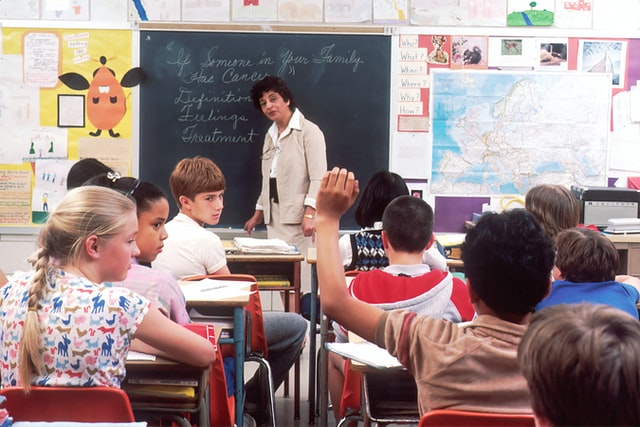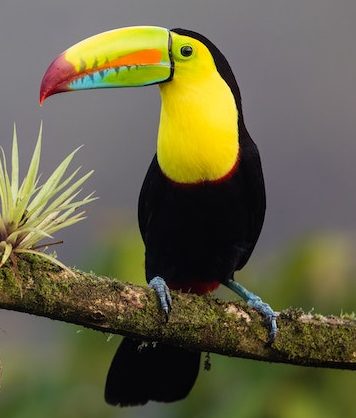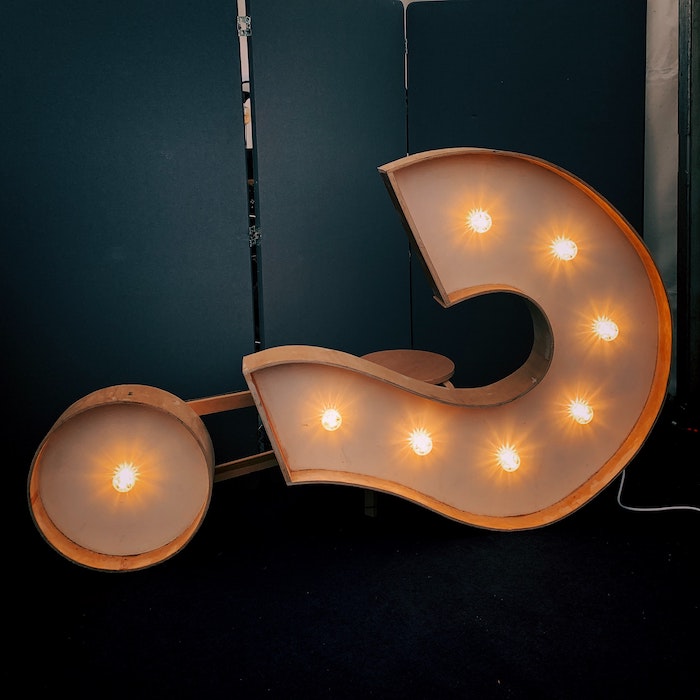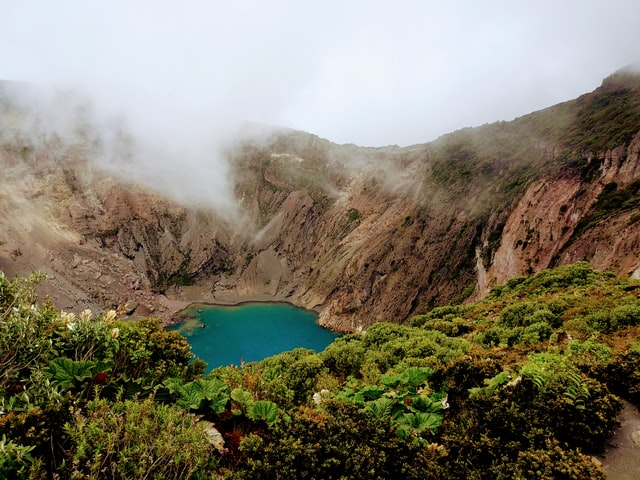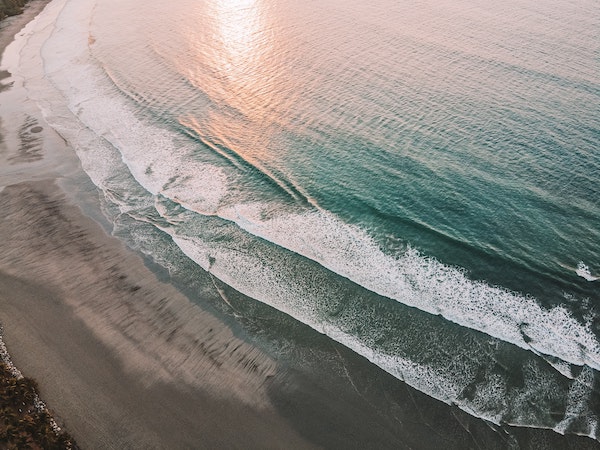Schools in Costa Rica
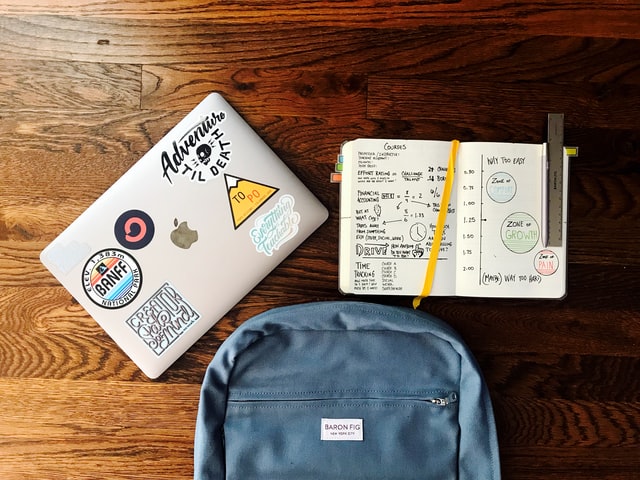
It’s no secret that Costa Ricans are one of the most educated nations. This shows the level of literacy in the country (about 97.8%). Accordingly, the issue of educating the younger generation is very relevant for the country.
In general, school education in Costa Rica is divided into cycles, in accordance with the age of the students:
- The first cycle – aged 6.5-10.5 (grades 1-4).
- The second cycle – aged 10.5-13 (grades 5-6).
- The third cycle – aged 13-16 (grades 7-9).
- The fourth cycle – aged 16-18.
Moreover, after each cycle, students need to pass exams.
Primary education
Above all, primary education in Costa Rica is mandatory. All children over 6.5 years must start school. In addition, primary education includes the first two cycles.
Besides, the general subjects taught are mathematics, Spanish, social studies, science, Physical Education, design, religious studies, music, art, and foreign languages. By the way, the most popular foreign languages among Costa Ricans are English and French.
Furthermore, after completing these two cycles, students receive a diploma of completion of primary school (Diploma de Conclusión de Enseñanza Primaria).
Secondary education
The secondary education system includes the third and fourth cycles.
Typically, in the third cycle the subjects are the same. However, teachers are more specialized.
The fourth cycle (Educación Diversificada) has three directions:
- General academic (Rama Académica). By choosing this direction, students study subjects such as Spanish, foreign languages, social studies, technology, psychology, mathematics, biology, physics, chemistry, philosophy, religious studies, visual arts, civic education, and physical education. After completing it and successfully passing the exam, everyone receives the Bachiller award – a bachelor’s degree in secondary education.
- Arts (Rama Artística). It specializes in the study of subjects related to the arts: music, dance, theater, ballet, and fine art. Upon completion of the course, students receive a certificate in their specialty.
- Technical (Rama Técnica). Represented by technical specialties: industrial, media communication, agricultural, trade and services, health. Upon graduation, students get a bachelor’s certificate in secondary education.

All three of these directions last 2 years, and each student can choose one of them to study. After graduation, everyone receives a certificate.
Types of schools
In Costa Rica, there are a variety of schools, depending on the preferences and objectives.
One of the most popular options is public schools. In Costa Rica, they are free. Meanwhile, the only thing you need to cover is the uniform and the necessary school supplies. However, it is important to take into account that disciplines in public schools are taught only in Spanish.
On the other hand, the majority of immigrants prefer private and international schools. Usually, they cost from $ 500 to $ 1000 per month.
Features of primary and secondary education
Overall, the academic year in the schools of Costa Rica has two terms: from February to July; from August to early December.
Schools are usually open from 07:00 to 17:00, and all the classes are divided into morning and afternoon sessions.
In addition, all children in schools are required to wear a uniform. This is in order to avoid inequality between children.
